Lyme Disease: Symptoms, Causes and Natural Support Strategies
Lyme disease is an illness that is transmitted by a bite of a tick infected with a germ known as “borrelia”. (1) While there are many different strains of this bacterium, it’s Borrelia burgdoferi that classically causes Lyme disease. This article will go over many details about Lyme disease and natural support strategies you can take.
There are many Borrelia strains that can be found in different regions across the world, and the different type of bacterium that you are exposed to will inform the type of illness that you begin to suffer from. This is why a typical case of Lyme disease in America might not be the same as a typical case in England. It’s also why ticks carried by migratory birds can promote different types of Lyme-based illnesses. (2)
Lyme disease took its name from the town in America where it was first found. Since 1975 – when it first emerged, millions of cases have been reported in the USA, while other areas across the world often experience fewer instances. By now, ticks transmit Lyme disease in half of all US counties, making them a significant concern for anyone. (3)

Symptoms of Lyme Disease
Lyme disease can be one of the trickiest diseases to diagnose and cure. Part of the reason for this is that the symptoms associated with Lyme disease can also relate to a range of other diseases too. Some of the more common symptoms of Lyme disease might include: (4)
- Flu-like symptoms, such as coughing, sneezing, or congestion;
- Headaches and migraines;
- Periods of extreme fatigue;
- Large circular rashes and other rashes;
- Reddening around the earlobes;
- Joint pain and swelling;
- Bone pain
Notably, while most people consider a rash to be the most obvious sign of Lyme disease, the truth is that the rash is only found within 30% of patients. (5) That’s part of what makes this particular disease so difficult for doctors to pinpoint. Other symptoms that are associated with Lyme disease can also expand beyond the norm, including things like:
- Mobile joint pain or muscle pain;
- Feelings of numbness or tingling around the body;
- Facial paralysis;
- Inflammation around the walls of the chest, ribs, and intercostal muscles (otherwise known as Costochondritis);
- Heart abnormalities;
- Shortness of breath;
- Fibromyalgia
Issues with Coinfections
While ticks are certainly responsible for transmitting cases of Lyme disease, it’s important to remember that they’re capable of far more than simply spreading a single infection. Just like human beings, ticks can host a range of different diseases and bacteria in their systems, which can be transmitted to us through a single bite. Around 60% of ticks are predicted to carry disease pathogens besides Lyme disease. (6)
As Zoonotic creatures, ticks are ideal for transmitting infections, bacteria, and microbes from one place to another. Zoonotic creatures are capable of moving pathogens from human hosts, to animals, and the other way around.
As such, a tick can transmit a range of diseases taken from the blood of everything from rats to squirrels, into a person with a single bite. Every bite transfers protozoans, fungi, viruses, and bacteria, and while being infected with Lyme can be enough of a problem, it’s also possible to become infected with multiple diseases at the same time – leading to complications within the biology of the body.
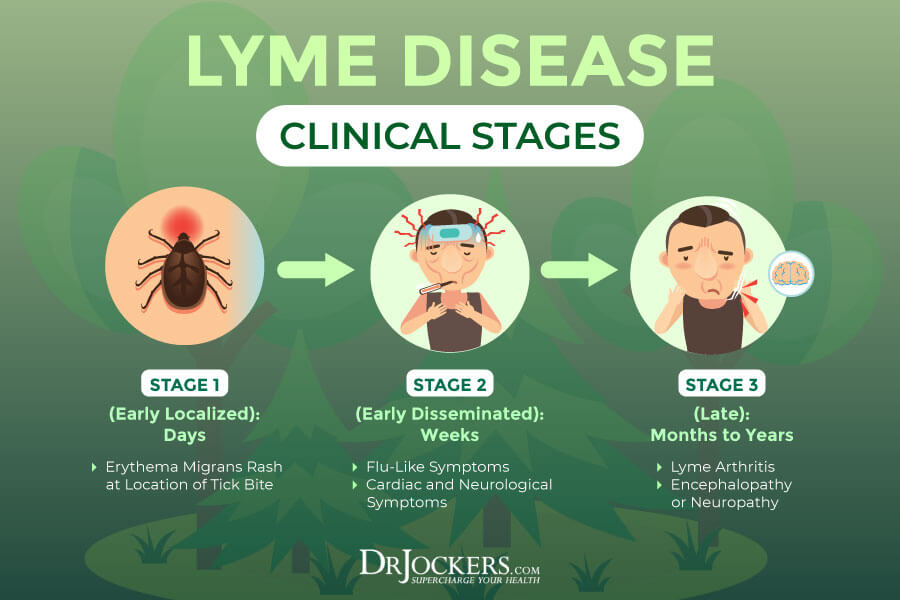
Types of Coinfections
The unfortunate truth is that co-infections may be far more common than we think. A published survey that links to over 3,000 patients with chronic Lyme disease discovered that more than half were infected with coinfections, with 30% of all individuals reporting symptoms of more than two coinfections alongside the presence of Lyme. (7) While there are dozens of potential pathogens that can be transmitted by tick bites, the most common co-infections generally include:
- Babesia
- Bartonella
- Ehrlichia
- Mycoplasma
- Anaplasma
- Rocky Mountain Spotted Fever
- Tularemia
Perhaps one of the factors that make coinfections in Lyme disease so dangerous, is the fact that doctors often disregard them. On top of that, many of the standard tests that are used to find Lyme disease and additional infections are simply not effective at pinpointing all the issues that might be present within the human body. The truth is that Lyme disease is a highly complex clinical diagnosis, and lab testing represents only a single tool in the diagnosis tool box.
Standard Testing is Not Sufficient
The fluctuating symptoms and signs involved with Lyme disease are highly vague, and often found in a host of other conditions – making diagnosis particularly difficult. If you don’t have the characteristic rash for Lyme disease – as most people will not, then your doctor will be forced to ask a series of questions to help them better understand what your condition may be. If you’ve been in areas where Lyme disease is common, then they may progress to conduct a physical exam.
The traditional testing methods for diagnosing Lyme disease generally use a two-tiered approach which includes an ELISA test, and a western blot test. The ELISA test, or Enzyme-linked immunosorbent assay test, can be used to identify antibodies for the B. Burgdorferi pathogen. (8)
Unfortunately, this test frequently returns false-positive results, which means that it cannot be the sole basis for any diagnosis. Only if an ELISA test is positive will a Western Blot test be conducted, used to detect antibodies for the various proteins of B. burgdoferi. (9)
Igenix Testing
Fortunately, more testing solutions are emerging that may be more effective at pinpointing Lyme disease and coinfections. For instance, IGeneX is more accurate than the standard two-tiered method. They have a variety of testing kits available for Lyme disease and the associated tick-borne diseases that can be transmitted alongside.
These testing kits include both indirect and direct testing solutions. While indirect tests examine the response of the patient’s immune system to the presence of B. burgdoferi, direct tests look for B. burgdoferi antigens and nucleic acids.
DNA Connexions
DNA Connexions also offers a more effective method of testing, using a Lyme panel. This panel tests for the presence of four different genes frequently found in Borrelia burgdoferi, and 8 of the most common Lyme disease coinfections. Positive testing for the coinfections associated with Lyme disease frequently implicates the presence of the primary disease too.
Importantly, as DNA Connexions points out on their website, a negative result from their Lyme panel doesn’t necessarily indicate the lack of an infection, but instead indicates the absence of any detectable tick borne or Lyme-based co-infections. In some cases, the timing of antibiotic courses and the patients’ ability to fight the disease will determine the detectability of the DNA spirochetes.
Lifestyle Strategies to Begin Healing
One very important thing to note about Lyme disease, is that once it is diagnosed, it’s not enough to simply kill off the Lyme bacteria. A successful approach to treatment must focus on treating the entire body as a whole. Unfortunately, once Lyme is diagnosed it is commonly addressed with a course of antibiotic treatments – despite the fact that not everyone responds well to these medications.
Additionally, the National Institute of Allergy & Infectious disease has found that the sooner treatment begins following infection, the more complete the recovery will be. (10) Because Lyme disease can be so difficult to diagnose, this can mean that many of the people who are eventually given antibiotics might not respond positively to them.
The fact is that antibiotics only treat a small amount of Lyme disease – the part surrounding the actual infection. However, they aren’t enough to tackle the full conditions and symptoms that can result. At the same time, antibiotics can begin to weaken the immune system over time by changing the bacteria in the gut, potentially making the spread of pathogens worse in some people. Ideally, the healing process should focus not only on killing the Lyme, but also:
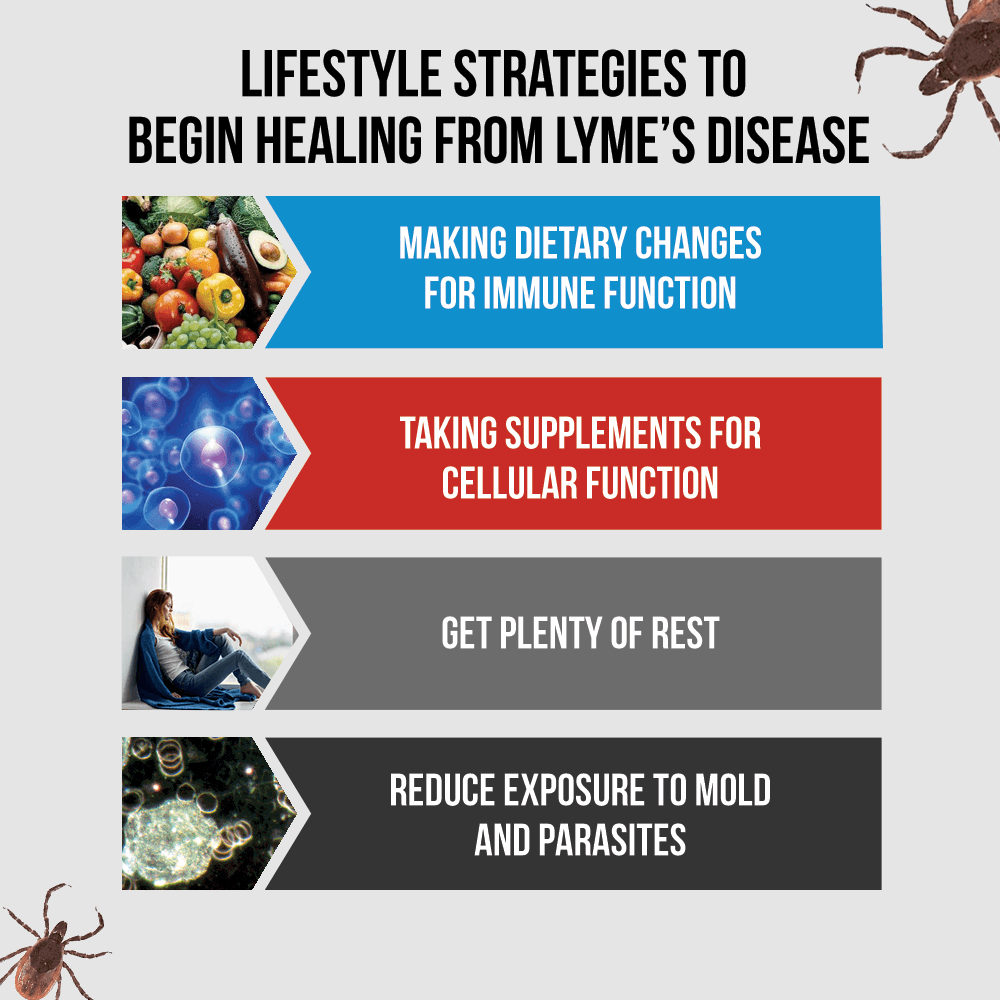
1. Making Dietary Changes for Immune Function
One of the best ways to help your body is to support your immune system. Your body can begin to support Lyme disease when you begin to control the changes that it has made to your body.
Most experts recommend removing inflammatory foods like grains, and sugar from your diet, while ensuring that you consume more anti-inflammatory foods like seeds, vegetables, raw cultured dairy and organic meat. (11)

2. Taking Supplements for Cellular Function
Once you’ve addressed the dietary issues that could be preventing proper healing from taking place, the next step is to improve the function and protection of your cellular mechanisms. The bacteria “Borrelia burgdoferi”, along with various other parasites and viruses, can damage your defenses and weaken healthy cells. Therefore, to heal fully, you will need to restore cellular health with the right nutrients, such as:
- Vitamin D: Vitamin D is excellent for boosting your immune system and reducing inflammation. The amount you need to take will depend on your personal circumstances, but it’s worth noting that many people are already vitamin D deficient, so it’s best to check if you are before you begin supplementing.
- CoQ10: CoQ10 is ideal at protecting your nervous system and brain from inflammation and degradation, while reducing symptoms of joint pain. This supplement is frequently used by patients who experience ongoing autoimmune and fatigue-based disorders. (12)
- B-Complex: B Vitamins are great at supporting a range of cellular and metabolic functions, and can also help to fight infections while improving cellular health. Vitamin B-6 is considered to be essential for Lyme patients. (13)
- Magnesium: Magnesium is an extremely powerful electrolyte that plays a significant role in the human body, from supporting the signaling of nerves, to reducing aches in muscles. It can be a great way to boost your internal system after a Lyme attack. .
- Omega-3 Fatty acids: These acids are highly anti-inflammatory and perfect for supporting cognitive and neurological functions that can be damaged during a Lyme infection.
It is important to note that these supplements are not FDA approved at this time to prevent, mitigate, treat or cure Lyme disease and should not be confused as such.

3. Get Plenty of Rest
While this isn’t exactly an uncommon solution for individuals who suffer from a disease or illness, it’s still an important part of the recovery process. Chronic stress, whether it’s emotional or physical has been proven to weaken the immune system and increase your risk of becoming sick.
Stress can trigger inflammation and lead to various hormonal imbalances, while additionally disturbing typical digestive functions. If you want to heal, you need to make sure that you address stress and get as much rest as possible.
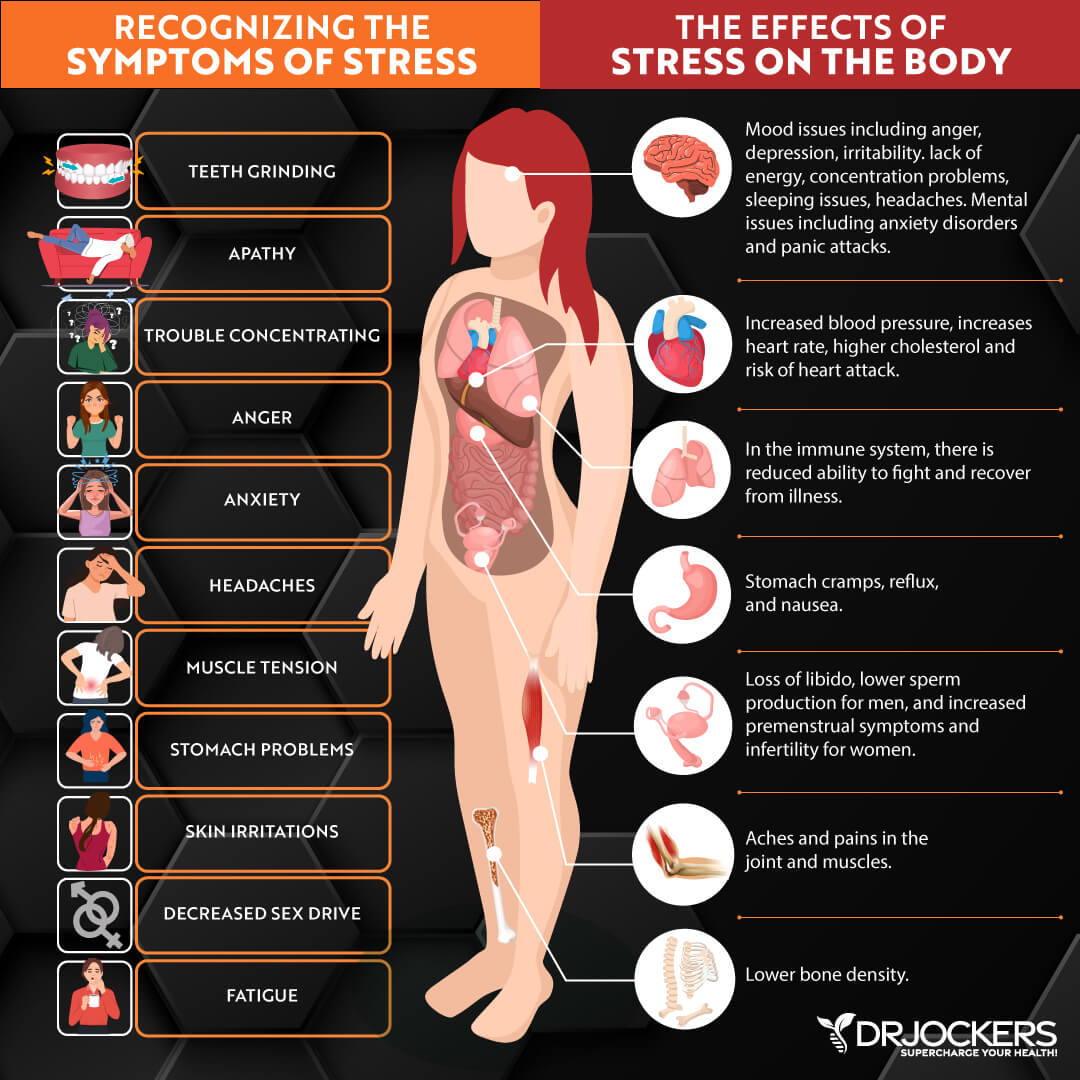
4. Reduce Exposure to Mold and Parasites
Finally, according to research conducted in the Department of Microbiology-Immunology, environmental triggers like infectious pathogens, parasites, and mold can all play a significant role in the development of autoimmune diseases. (14)
As such, reducing your exposure to dangerous substances such as these can ensure that you don’t place additional stress on your immune system. You can learn more about how to identify mold and strategies to heal in this article.
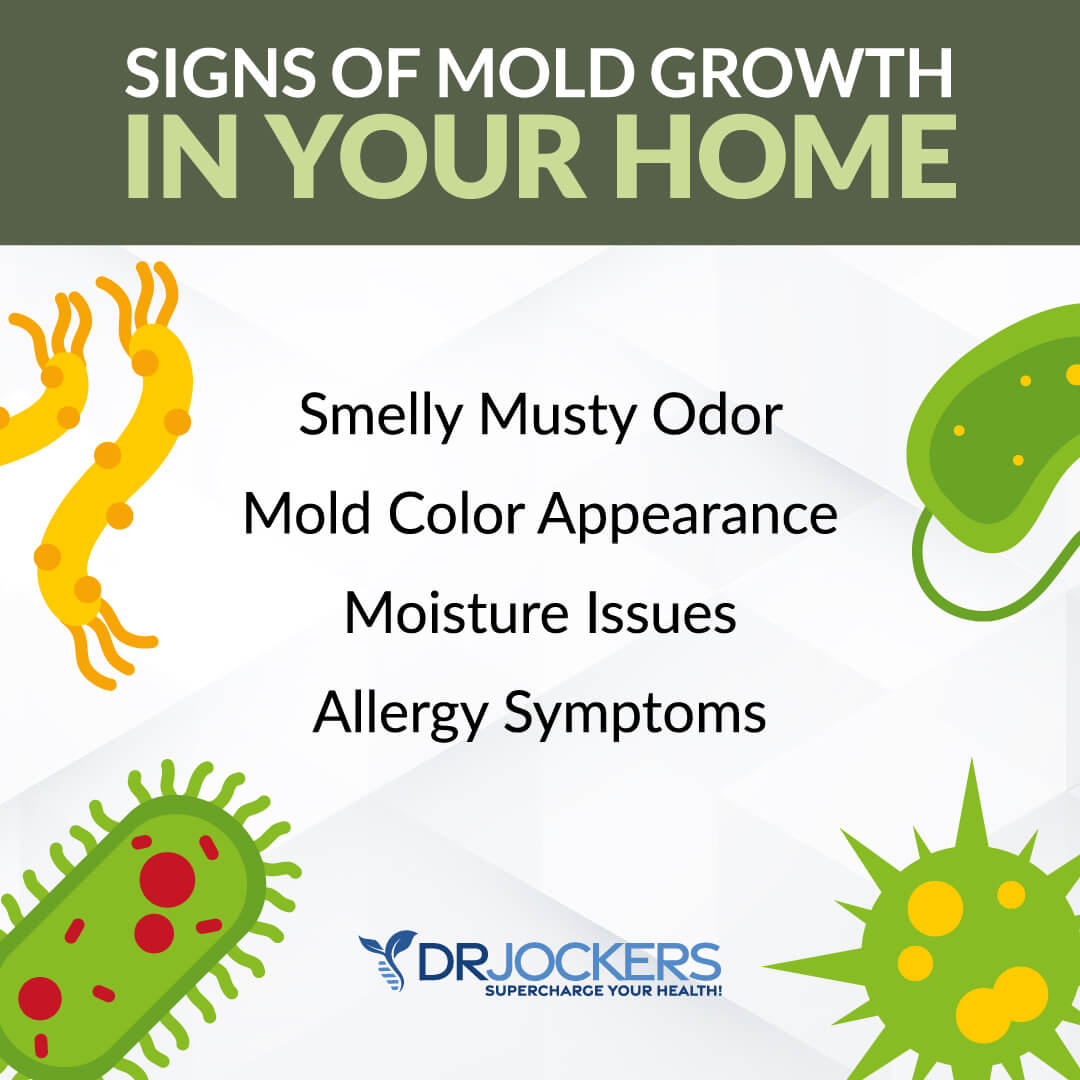
Preventing Lyme Disease
Preventing Lyme disease is no easy task, but the first thing to be aware of is that you can take steps to avoid tick bites wherever possible. (15) If you are never bitten by a tick, then your risk of Lyme and other coinfections is significantly reduced.
One of the best ways to avoid being bitten by a tick, is to stay away from areas where they are most common. If you research your local areas to determine where tick infestations are more frequent around you, then you can avoid walking in those areas whenever possible. Similarly, try to avoid forests, meadows, and wooded areas where ticks are likely to thrive. If you love nature and you can’t bear to stay away from it, then you’ll need to check your body for ticks on a daily basis thoroughly, after you have been in high grasses or wooden areas.
Other important steps to follow when avoiding tips include:
1. Wearing the Right Clothing
Whenever you’re outdoors, it’s a good idea to wear light-colored clothing, as this will make ticks easier to spot. Additionally, a tighter weave will mean that it’s harder for these creatures to penetrate through your clothing into your skin.
2. Defending your Skin
As effective as a tight weave can be when it comes to preventing ticks from burrowing their way into your skin, it’s also effective to tuck your pants into socks to make sure that no skin is exposed as you are walking through grassy or wooded areas. At the same time, you can tuck your shirt into your pants to prevent further entry.
3. Shower Whenever you come Inside
While ticks can live through a shower, or even a washing machine cycle, showering directly after you’ve been involved in outdoor activities should mean that it’s easier to remove the ticks from your body when you find them. Make sure that you have an angled mirror available in your bathroom so that you can conduct a thorough check, and don’t forget to check your scalp and under hair too.
4. Use your Clothes Dryer
As soon as you come home from a trip into nature, it’s important to place your clothes into a dryer and turn it on the highest heat setting available. Ten minutes should be enough to kill any of the ticks that are nestled into dry clothing.
5. Check Yourself and Your Pets Regularly
One of the best ways to avoid Lyme disease is to make sure that you find and remove ticks as quickly as possible. The less time a tick has access to your skin, the less chance of infection you face. This is what makes checking for ticks so vital – particularly when you’ve visited the areas in which they thrive.
Diligence is essential to protecting yourself from tick bites and Lyme disease, as well as the co-infections that come with them. If you can prevent a tick bite from ever happening, then you won’t have to worry about the symptoms, testing or healing process involved in Lyme recovery. However, if you do suffer from Lyme disease, then hopefully this article will help with some guidance you need to battle through the infection successfully.
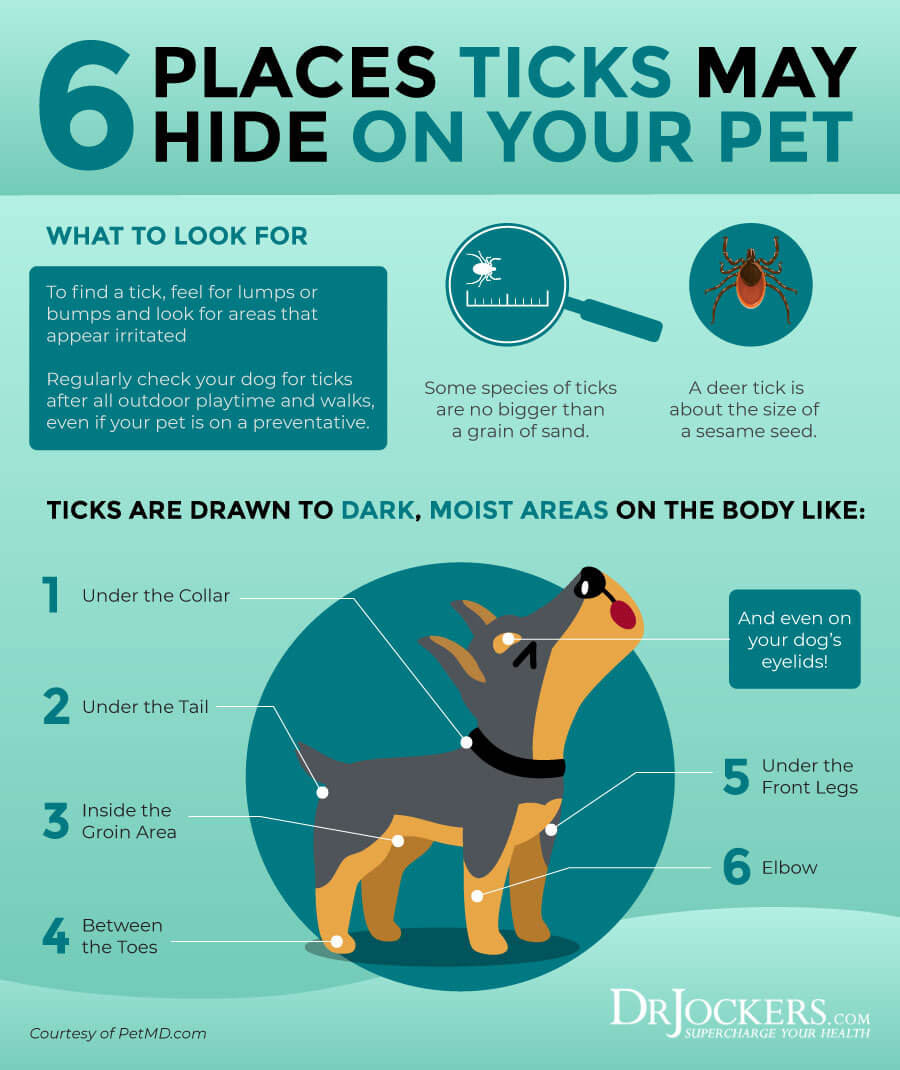
Article Summary:
- Lyme disease is an illness transmitted by the bite of a tick which has been infected with Borrelia burgdoferi. However, it’s important to note that ticks can also carry additional infections besides Lyme disease which can prompt coinfections.
- Coinfections have been found within more than half of all people who suffer from Lyme disease, and 30% of those studied also report experiencing more than two coinfections at a time.
- The symptoms of Lyme disease are highly varied and can often be connected to a range of other diseases, which is part of what makes Lyme so difficult to diagnose and treat. Additionally, when Lyme disease is suspected, the common process for testing is not always effective at finding the signs of Lyme.
- The best way to test is often with more effective Lyme panel solutions such as IGeneX or DNA Connexions.
- When Lyme disease is diagnosed, it’s important to recognize that the healing process requires more than a focus on simply killing the Lyme. In order to make a full recovery, infected individuals must be able to make lifestyle changes that will prompt cellular repair, boost the immune system, reduce inflammation and limit the chances of chronic Lyme.
- Like any disease, Lyme is difficult to prevent, but there are steps that can be taken to reduce your chances of being infected through a tick bite. From wearing the right clothes, to avoiding areas where ticks lurk, diligence can assist you in reducing your chances of a Lyme infection.
This article is written by Dr Jay Davidson who is an expert in genetic analysis, lyme disease and heavy metal detoxification. You can check out Dr Davidson’s website for more information here
If you want to work with a functional health coach, I recommend this article with tips on how to find a great coach. We do offer long-distance functional health coaching programs. For further support with your health goals, just reach out and our fantastic coaches are here to support your journey.
Inflammation Crushing Ebundle
The Inflammation Crushing Ebundle is designed to help you improve your brain, liver, immune system and discover the healing strategies, foods and recipes to burn fat, reduce inflammation and Thrive in Life!
As a doctor of natural medicine, I have spent the past 20 years studying the best healing strategies and worked with hundreds of coaching clients, helping them overcome chronic health conditions and optimize their overall health.
In our Inflammation Crushing Ebundle, I have put together my very best strategies to reduce inflammation and optimize your healing potential. Take a look at what you will get inside these valuable guides below!
Sources For This Article Include:
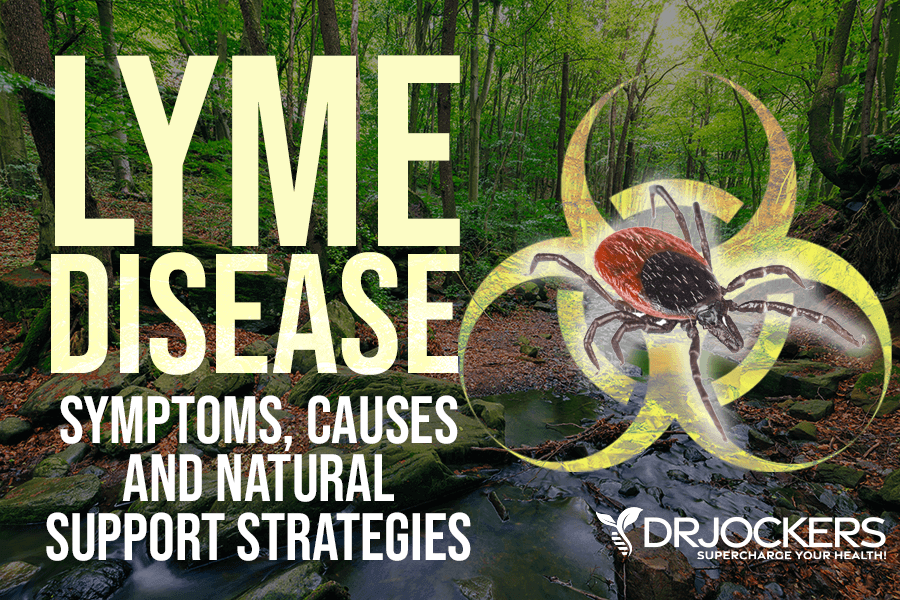
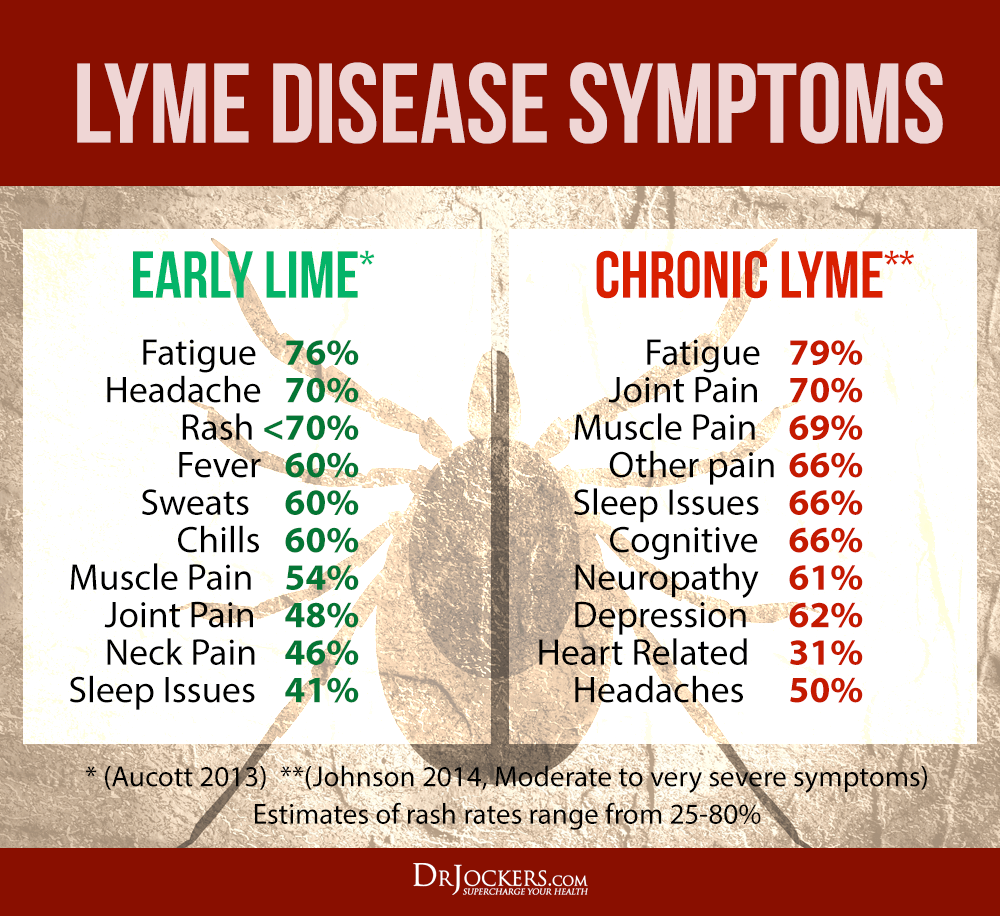
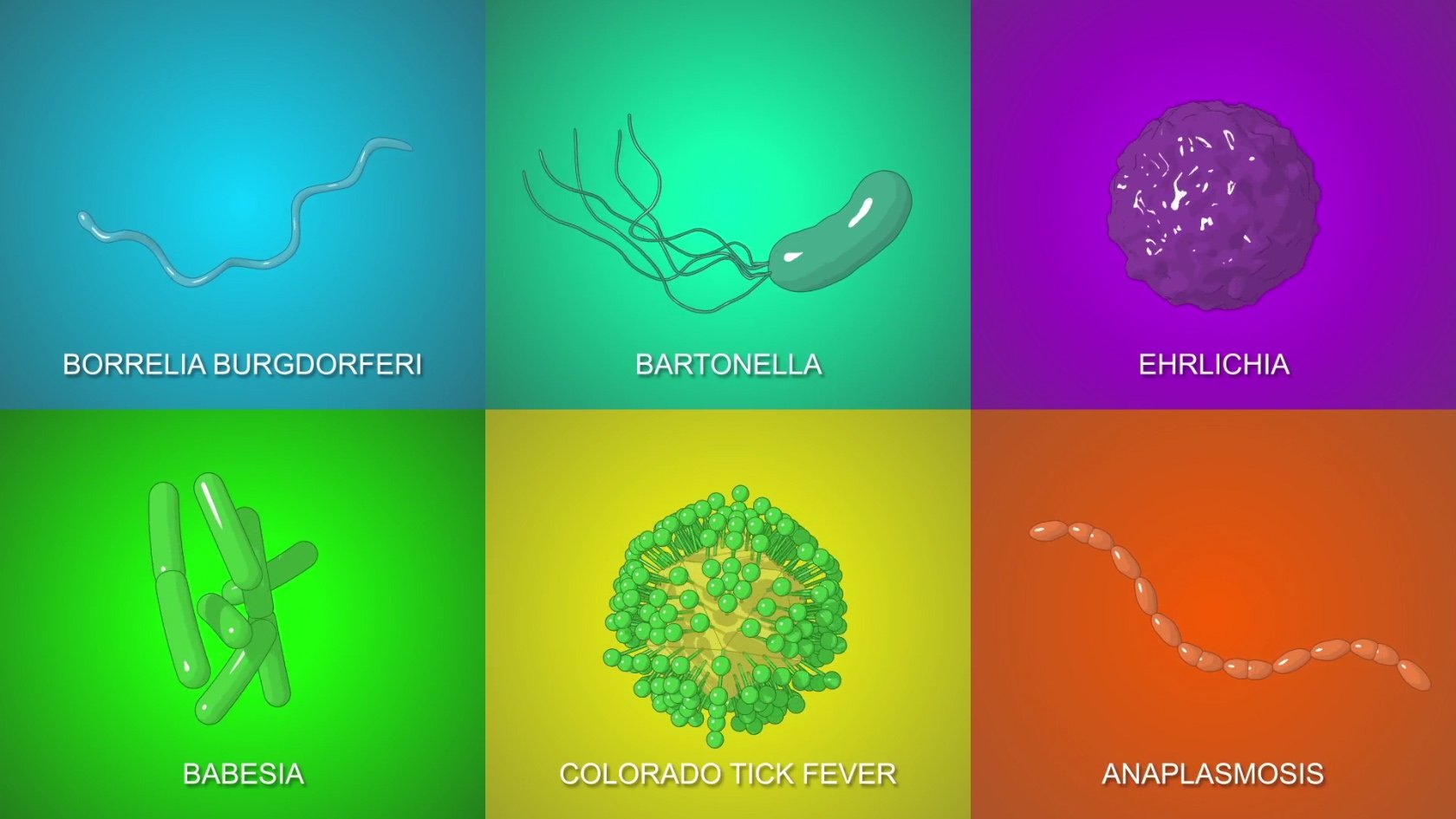
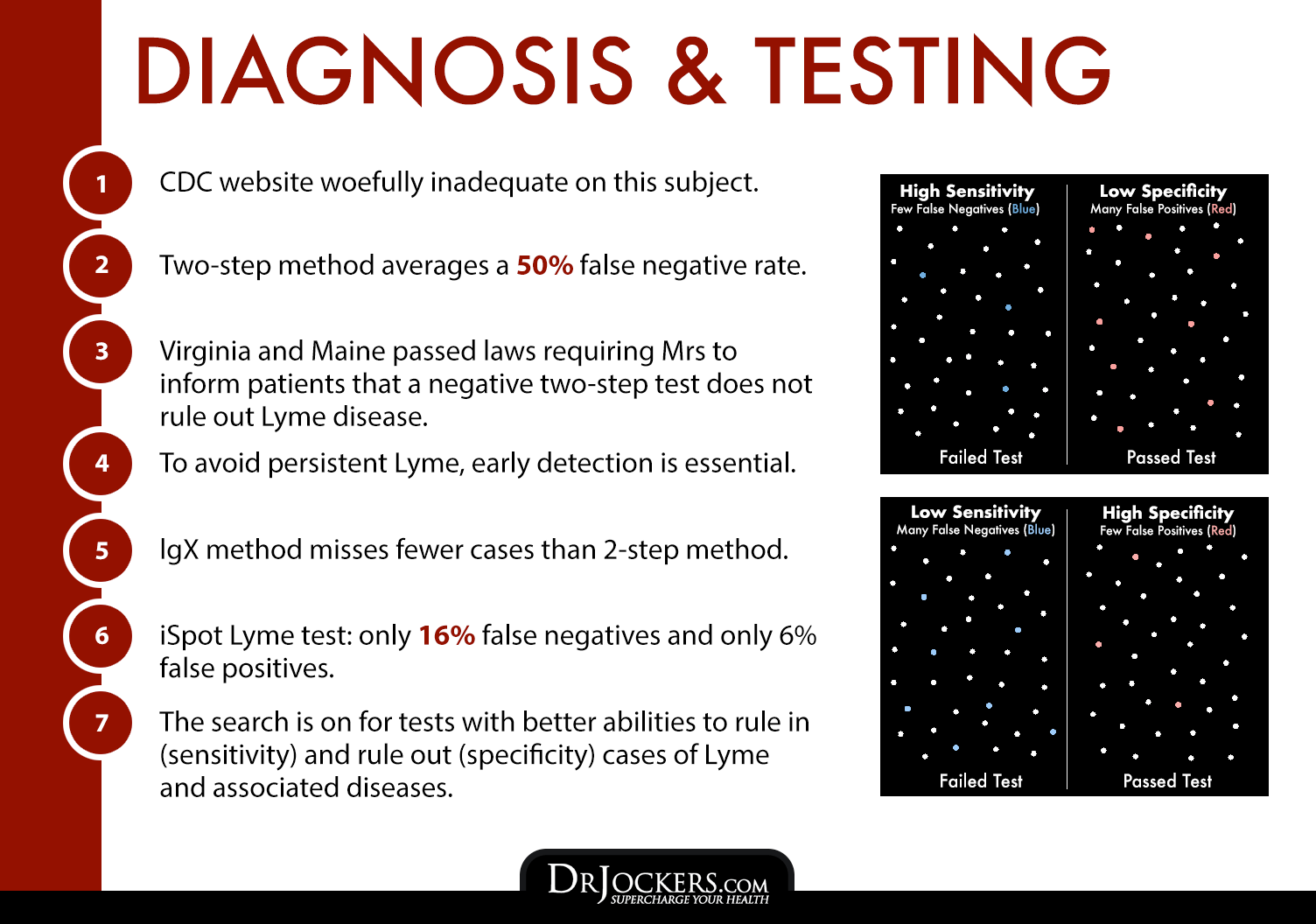


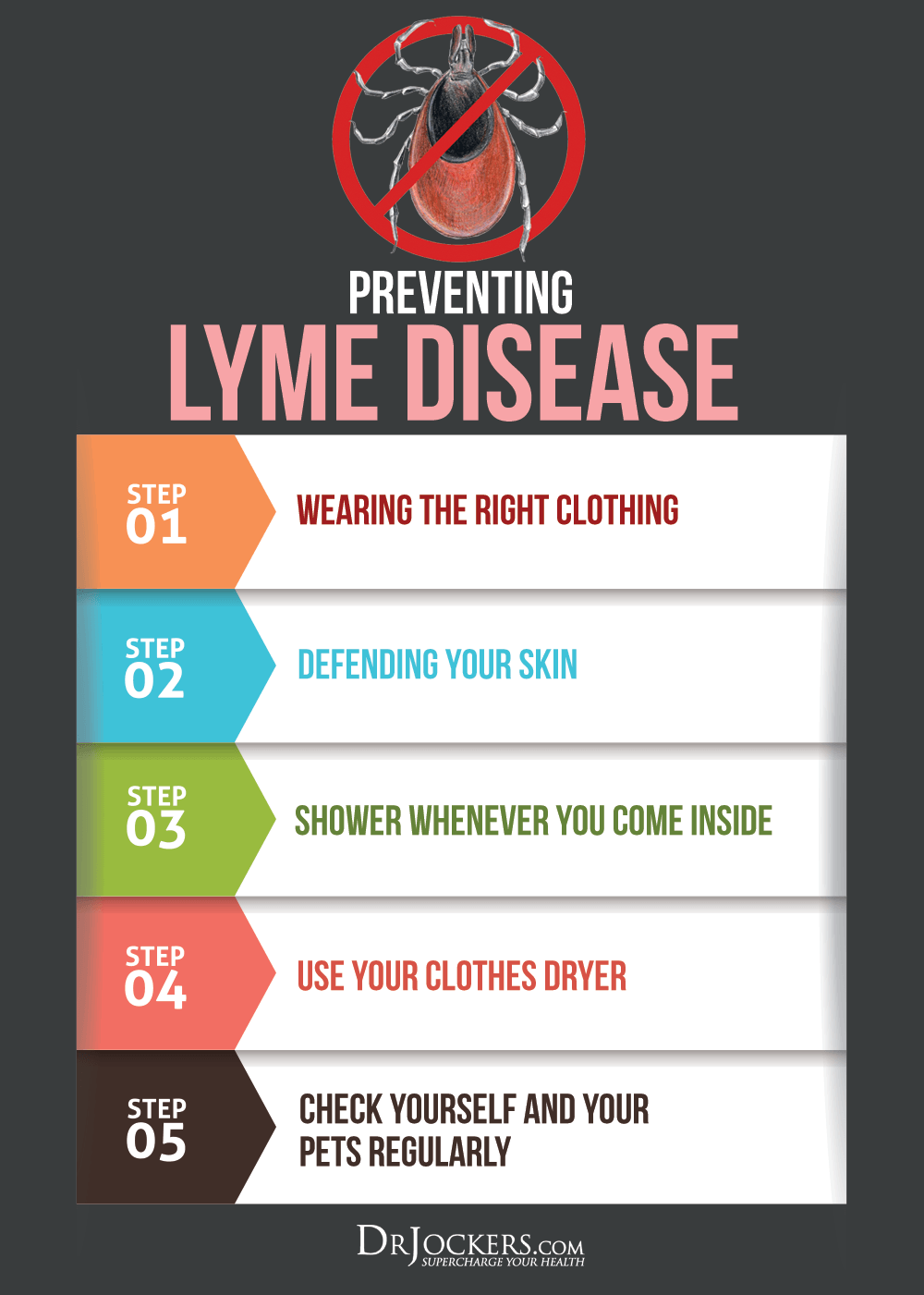




I would like to add some input to the cause of Lyme disease. Living in Alabama at the time I contracted Lyme disease in about 2006. My holistic physician tested me via muscle testing and found I contracted my disease from a fire ant. It was verified I had Lyme disease by ZYTO machine. After a short time on holistic herbs etc. it was set in remission. My Lyme surfaced again and the procedure was repeated which put it in remission again. I have not had a flair up since 2007. My doctor also learned a Lyme can hide in the body for 50 years before surfacing. Not a happy thought so I continue to have periodic ZYTO tests.
Thanks for your input Barbara!!
Sasha, this is the first I’ve heard about treatment without antibiotics. I was stunned. I have chronic Lyme n and Erlic n am preparing to be treated at either Cleveland Clinic or Envita in Scottsdale. …… it has passed the blood/brain barrier and I’m having cognitive function problems. I’d like to get in touch with you at your convenience. …….. I’m Kathy Christensen and live in Pennsylvania. I’m on my way back to Pa from my winter in AZ. How can I contact you?
http://www.Wendyallen715@yahoo.com Yes….Lyme can go into the head/heart etc. Ozone is awesome help, but still not enough help without herbs/gluten free/low sugar and low starch/fish oil/LDN/Vit D3/Vit C /sunlight/exercise/strong probiotics like Orthobiotic/cytolfora. Antibiotics hurt me. Astaxanthin is awesome to help swelling/inflammation/free radicals, but a low dose is needed so it doesn’t block chemical reactions. Amour thyroid/LDN may be needed. Progesterone helps the immune system/cortisol/lows swelling/help myelin and bones. I need a daily Vit B12 methylcobalamin shot now…2500mcg which also helps myelin/bones and oxygen. Eating organic is good and lots of vegetables. PQQ may help multiply mitochondria and Zn/Mg/coenzyme Q10. Vegetables/green tea/oolong tea and more have PQQ. AL complex herb is good and Amazon has herbs for Lyme. Homeopathics may help. There are many ways to help infections. God bless!
Antibiotics may hurt the mitochondria/lower the immune system/hurt the gut lining/lower Mg/wipe out the good bacteria in the large intestines and not let a person heal from infections. Antibiotics may have helped some people if they catch the infection fast and they have healthy mitochondria. Antibiotics have killed some MS people who’s mitochondria/gluten issues/thyroid issues/low nutrients absorbed etc issues were not addressed. To me the Lyme people who have done suicide maybe due to antibiotics and low oxygen in the brain. Minocycline can cause strange cognitive errors. Antibiotics may hurt people for life if DNA in mitochondria (engines of the cells) are hurt and more. Natural help may help infections and much more as it fixes the root cause.